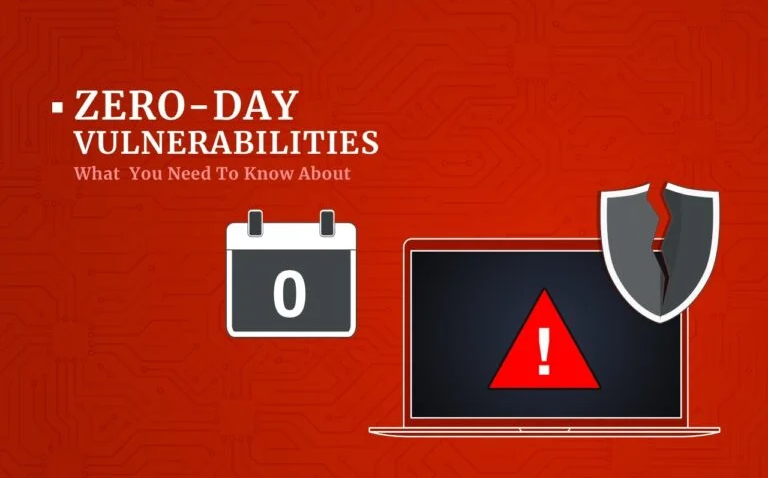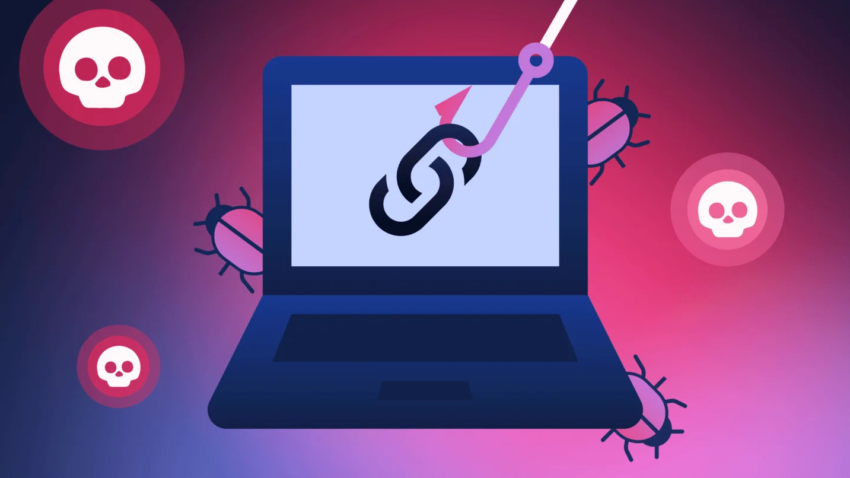A Remote Access Trojan (RAT) is a type of malicious software that allows unauthorized access to a victim’s computer or network. Unlike other types of malwares, which may focus on causing damage, stealing data, or disrupting operations, RATs are specifically designed to provide attackers with remote control over compromised systems.
RATs are typically distributed through various vectors, including phishing emails, malicious downloads, compromised websites, or even bundled with legitimate software. Once installed on a victim’s system, RATs operate stealthily, often remaining undetected by antivirus software.
Upon execution, a RAT establishes a connection between the victim’s computer and a remote command and control (C&C) server operated by the attacker. This connection allows the attacker to perform a range of malicious activities, including:
-
- Data Theft: RATs can be used to steal sensitive information such as login credentials, financial data, personal files, and intellectual property.
-
- Surveillance: Attackers can remotely activate the victim’s webcam or microphone, allowing them to spy on the victim and monitor their activities.
-
- System Manipulation: RATs enable attackers to perform various actions on the compromised system, such as installing additional malware, modifying files, or deleting data.
-
- Distributed Denial of Service (DDoS) Attacks: RAT-infected systems can be used as part of a botnet to launch DDoS attacks against other targets.
Risks Associated with RAT
The presence of a RAT on a computer or network poses significant risks:
-
- Data Breaches RATs can lead to the theft of sensitive information, resulting in financial losses, reputational damage, and regulatory fines.
-
- Privacy Violations Victims may have their privacy invaded through unauthorized surveillance of their activities, both online and offline.
-
- Financial Losses Attackers may use RATs to carry out fraudulent activities, such as unauthorized transactions or identity theft.
-
- Operational Disruption RATs can disrupt business operations by modifying or deleting critical files, installing ransomware, or launching DDoS attacks.
How We Can Find REMOTE ACCESS TROJAN (RAT)
- Antivirus and Endpoint Protection Software: Utilize robust antivirus and endpoint protection solutions that include features specifically designed to detect and remove RATs. Ensure that these security tools are regularly updated to detect the latest threats.
- Network Traffic Analysis: Monitor network traffic for suspicious patterns or anomalies that may indicate communication between compromised systems and remote command and control (C&C) servers used by RATs. Look for unusual data transfer volumes, connections to known malicious IP addresses, or unauthorized protocols.
- Behavioral Analysis: Implement behavioral analysis tools that can identify unusual behavior or activities on endpoints, such as unauthorized access attempts, changes to system files, or abnormal network communication. Look for deviations from baseline behavior that may indicate the presence of a RAT.
- Endpoint Forensics: Conduct endpoint forensics to examine system logs, registry entries, and file system changes for indicators of compromise (IOCs) associated with RATs. Look for suspicious processes, persistence mechanisms, and artifacts left behind by RAT activity
- Anomaly Detection: Deploy anomaly detection systems that can identify deviations from normal user behavior, such as unusual login times, access to sensitive files, or unauthorized system modifications. Monitor user accounts and privileges for signs of compromise.
- File Integrity Monitoring: Implement file integrity monitoring (FIM) solutions to detect unauthorized changes to system files, configuration files, and critical executables. Monitor file hashes and timestamps for alterations that may indicate tampering by a RAT.
- Port Scanning and Traffic Analysis: Conduct port scanning and traffic analysis to identify open ports and network services that may be exploited by RATs for remote access. Close unnecessary ports and services to reduce the attack surface and limit potential entry points for attackers.
- Threat Intelligence Feeds: Subscribe to threat intelligence feeds and databases that provide information on known RAT variants, C&C servers, and IOCs. Use this intelligence to proactively identify and block RAT-related threats before they can cause harm.
For more such informtion on ISO 27001 related topics follow us on –

